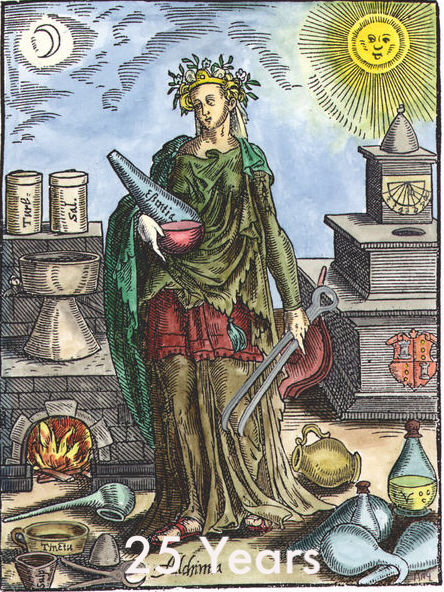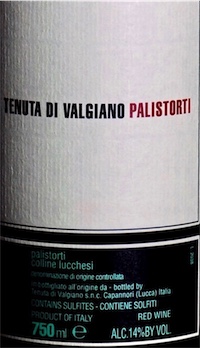Tenuta di Valgiano Palistorti Rosso, DOC Colline Lucchesi, Italy
Welcome to Lucca
Laura di Collabiano welcomed me into the kitchen of Tenuta di Valgiano. This sixteenth-century estate is some 250 metres above the river Sérchio, and 10 km north of Lucca in Tuscany. On a cold February night, a fire burned brightly within an enormous open hearth, giving the room a happy glow.
On an old farmhouse table stood uncorked bottles reflecting the flickering light. Outside, nothing stirred in inky darkness, punctuated by the distant lights of Lucca. It’s far away from the dominion of Chianti or the Bolgheri.
The little Colline Lucchesi is an obscure Tuscan appellation with a history dating back to the Romans. The DOC has Franco-Italian origins. Napoleon conquered the independent city-state of Lucca in 1805. Élisa Bonaparte governed the region until she fell from grace in 1814.
During this time Chardonnay, Merlot and Syrah joined the Italian red Sangiovese, Ciliegiolo, Canaiolo, Tazzelenghi and Barbera grapes. Vermentino, Trebbiano and Malvasia whites get a look-in too. Consequently, the DOC allows many possible styles.
Tenuta di Valgiano
Laura, Moreno Petrini and winemaker Saverio Petrilli own Tenuta di Valgiano, taking over a run-down estate in 1993. Their sixteen ha of vineyards are predominantly south-facing, on a glacial terrace below steep forested slopes. Sangiovese enjoys calcareous soil, sandstone pebbles are ideal for Syrah, while Merlot thrives on pockets of clay.
After restoration, they converted to organic farming in 1997 and then progressed to Demeter-certified biodynamics in 2002. The estate makes white and red wines, olive oil and honey.
In the winery, the hand-harvested grapes are still foot trodden. Red fermentation is in small wooden vats, the whites mostly in stainless steel. Maturation is in small, lightly-toasted French barriques, with only 5% new wood. There is no fining or filtration.
Palistorti means Crooked Poles
The crooked poles in the old vineyards give Palistorti its name. It’s a blend of 70% Sangiovese, 20% Syrah and 10% Merlot, though proportions change a little according to the vintage. These components spend a year in cask before blending and bottling. Finally, it has another six months rest until release.
In the glass, Palistorti is a dark ruby-crimson colour with a lighter bluish rim and 14% abv. The nose has a tea-caddy scent mixed in with red cherries.
On the palate, the tannins have softened though they retain a little edgy grip – a useful quality with food. The wine is sensual, without any excess weight or flab thanks to carefully balanced bright acidity and a silken texture. There is no overt wood influence or over-extraction to mar the flavour profile.
Over time, earthy minerality, darker fruit tones, boxwood and scents of Earl Grey appear. Hints of verbena appear on a slowly fading finish. While delicious now, everything points to an even more rewarding future. Hence, buy a few bottles, some for drinking now and some to keep 5-10 years.
Salsciccia
As for food pairing, a mound of fresh pasta dressed with olive oil, tomatoes and basil will do nicely. Laura suggested salsiccia, the Italian pork sausage seasoned with fennel. It also will serve grander banquets admirably.
UK stockists include Millésima, £23.99 (minimum order of six bottles), with 2010, 2011 and 2012 vintages all available. I’d pick 2011 by a whisker, but all three years are excellent.
Tenuta di Valgiano di Petrini & C.
via di Valgiano 7,
55012 Valgiano (LU)
Tuscany, Italy
More Tuscan wines can be found here.

